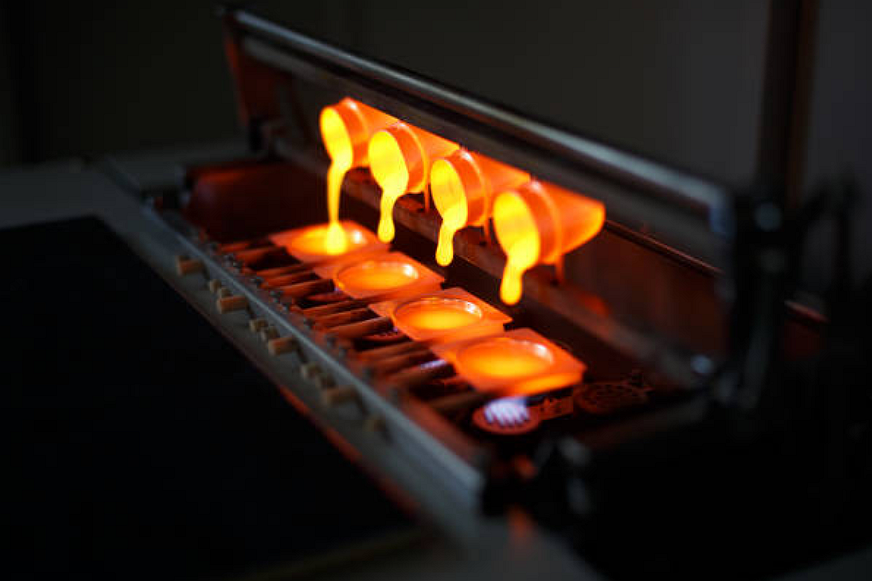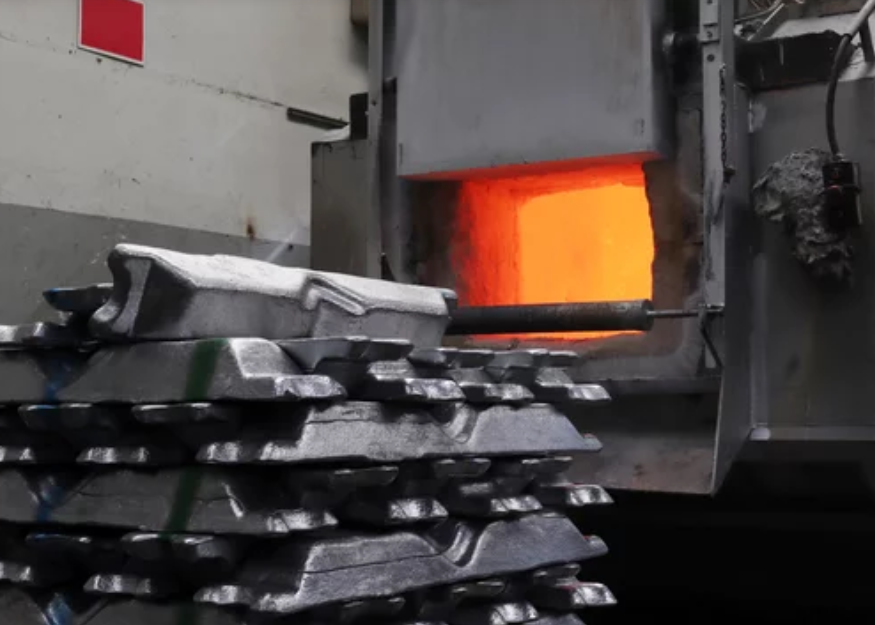What types of surface finishe can be achieved with investment casting?
Introduction
Investment casting is known for its ability to produce intricate geometries and smooth surfaces directly from the mold. Beyond the as-cast condition, a wide range of surface finishing processes can further enhance both appearance and functional performance. Depending on the alloy, application, and end-use requirements, various finishing techniques—from polishing to PVD coating—can deliver improved corrosion resistance, wear performance, and aesthetics across industries such as aerospace, automotive, and medical device.
As-Cast Finish
One of the inherent advantages of investment casting is its naturally fine as-cast finish, typically achieving Ra values between 3.2 and 6.3 µm without any machining. High-quality ceramic shell molding ensures smooth surfaces directly after casting, suitable for parts where functional precision outweighs aesthetic requirements. This baseline finish is particularly common in carbon steel and cast stainless steel components.
Polishing and Electropolishing
Mechanical polishing refines surface roughness by mechanically smoothing irregularities, resulting in a bright, metallic sheen. For components that require superior cleanliness and corrosion resistance—such as those used in medical or food-grade equipment—electropolishing dissolves microscopic surface peaks through an electrochemical process, producing mirror-like surfaces while removing embedded contaminants.
Anodizing and Passivation
For cast aluminum and titanium alloys, anodizing enhances corrosion resistance and aesthetic versatility through the controlled formation of an oxide layer. Similarly, stainless steel components benefit from passivation, which removes free iron from the surface, forming a chromium-rich protective layer. Both processes are environmentally friendly and increase part longevity in demanding environments.
Sandblasting and Tumbling
Sandblasting and tumbling are used to clean and unify cast surfaces. Sandblasting removes oxidation, scale, and ceramic residue, creating a uniform matte texture ideal for painting or coating. Tumbling, on the other hand, smooths sharp edges and deburrs small parts in bulk—making it suitable for locking system and power tool components.
Coating and Plating Technologies
Surface coatings offer both functional and aesthetic enhancements. PVD coating and powder coating offer uniform finishes with high hardness and low environmental impact. Traditional options, such as chrome plating and black oxide coating, remain valuable for their decorative appeal and corrosion protection.
Specialized Treatments for Performance
Advanced treatments such as nitriding and thermal barrier coating provide enhanced surface hardness, oxidation resistance, and thermal stability—critical for turbine, exhaust, and energy applications. These coatings extend the service life and enable investment-cast parts to perform reliably in extreme operating conditions.



